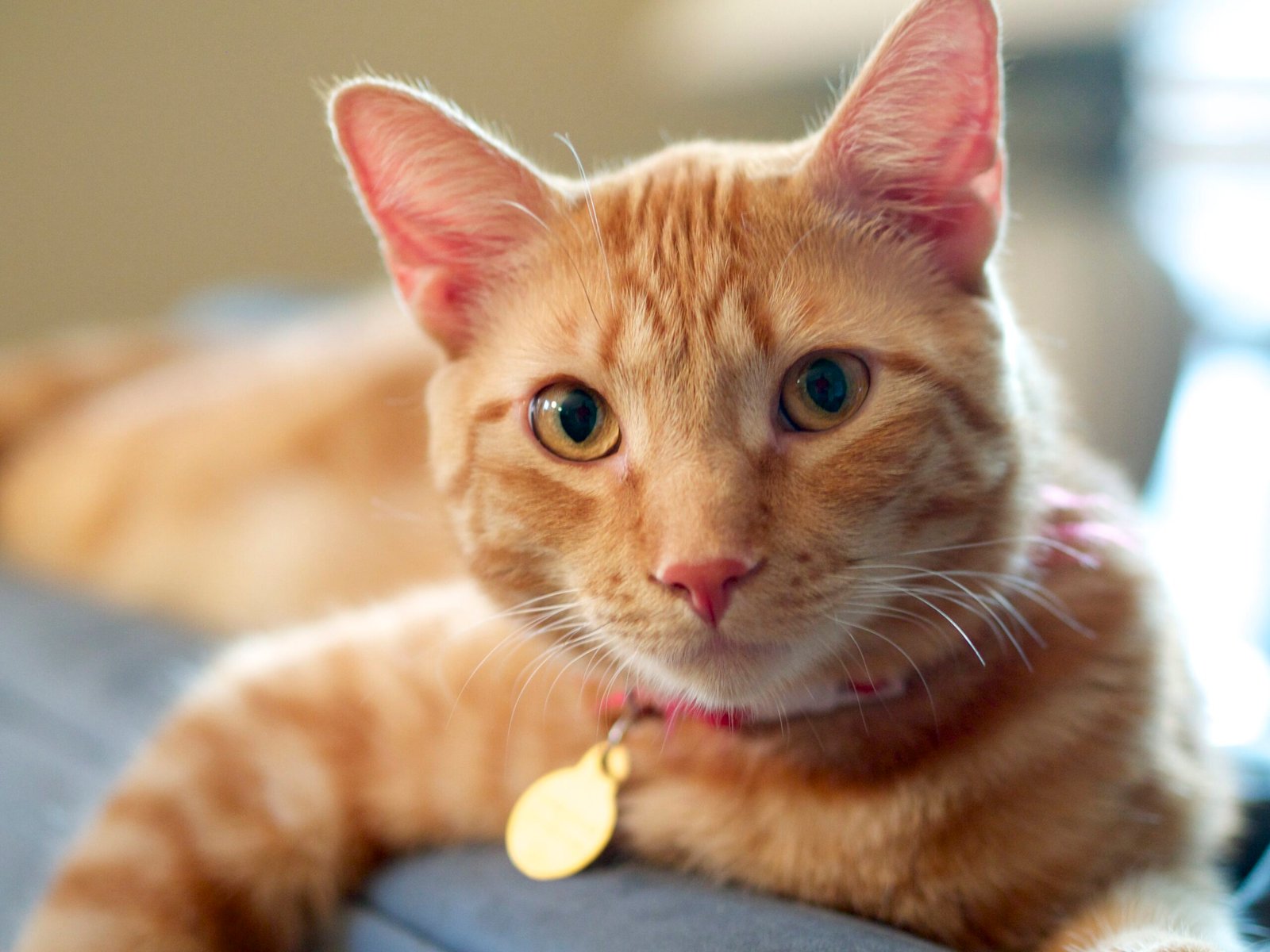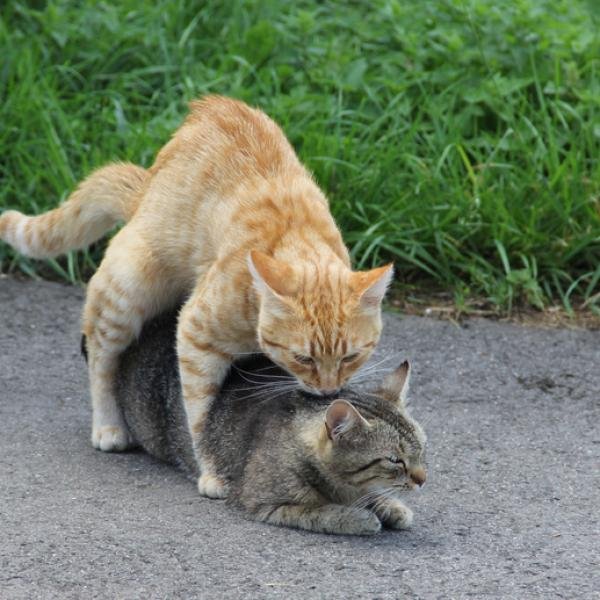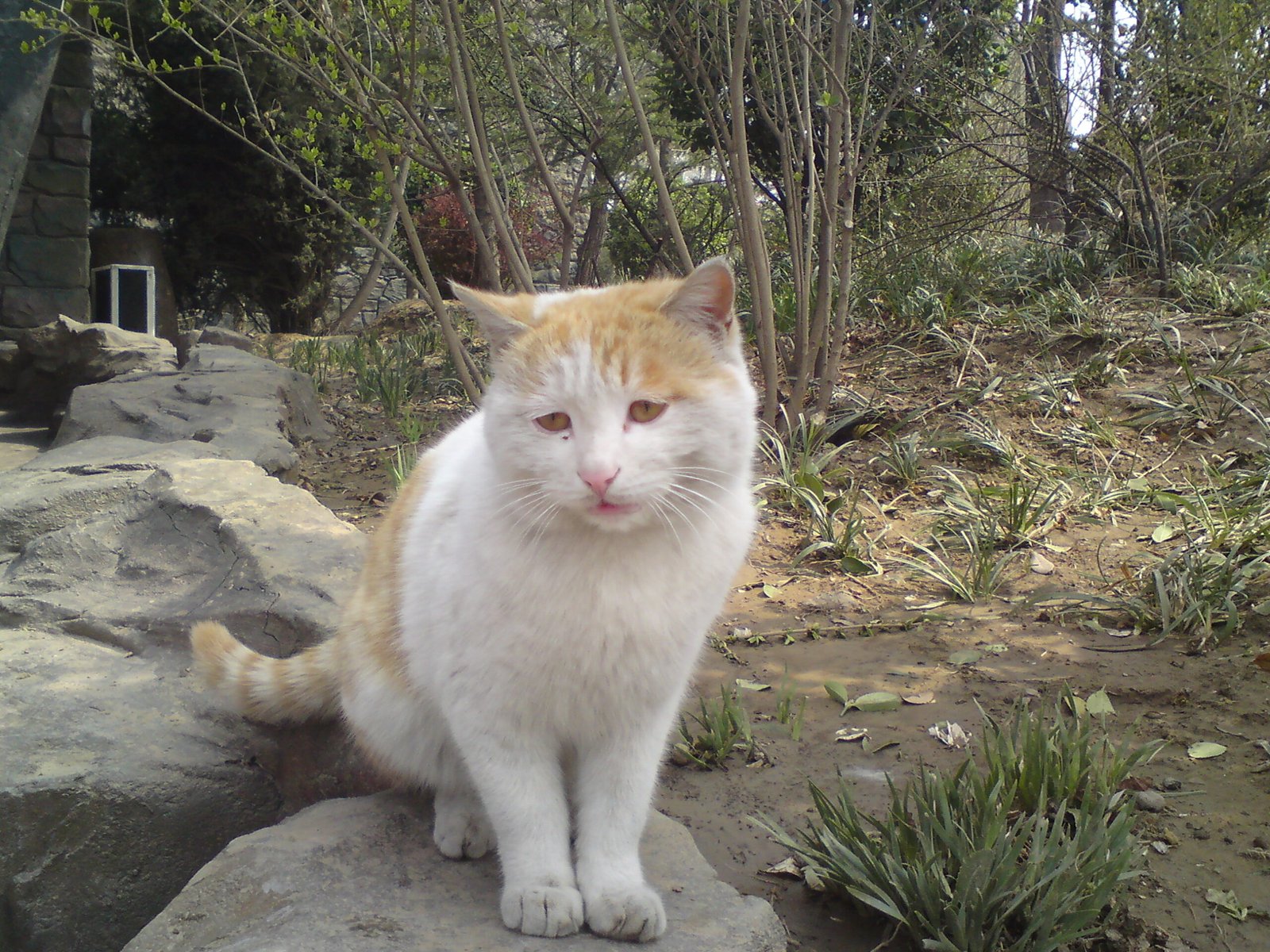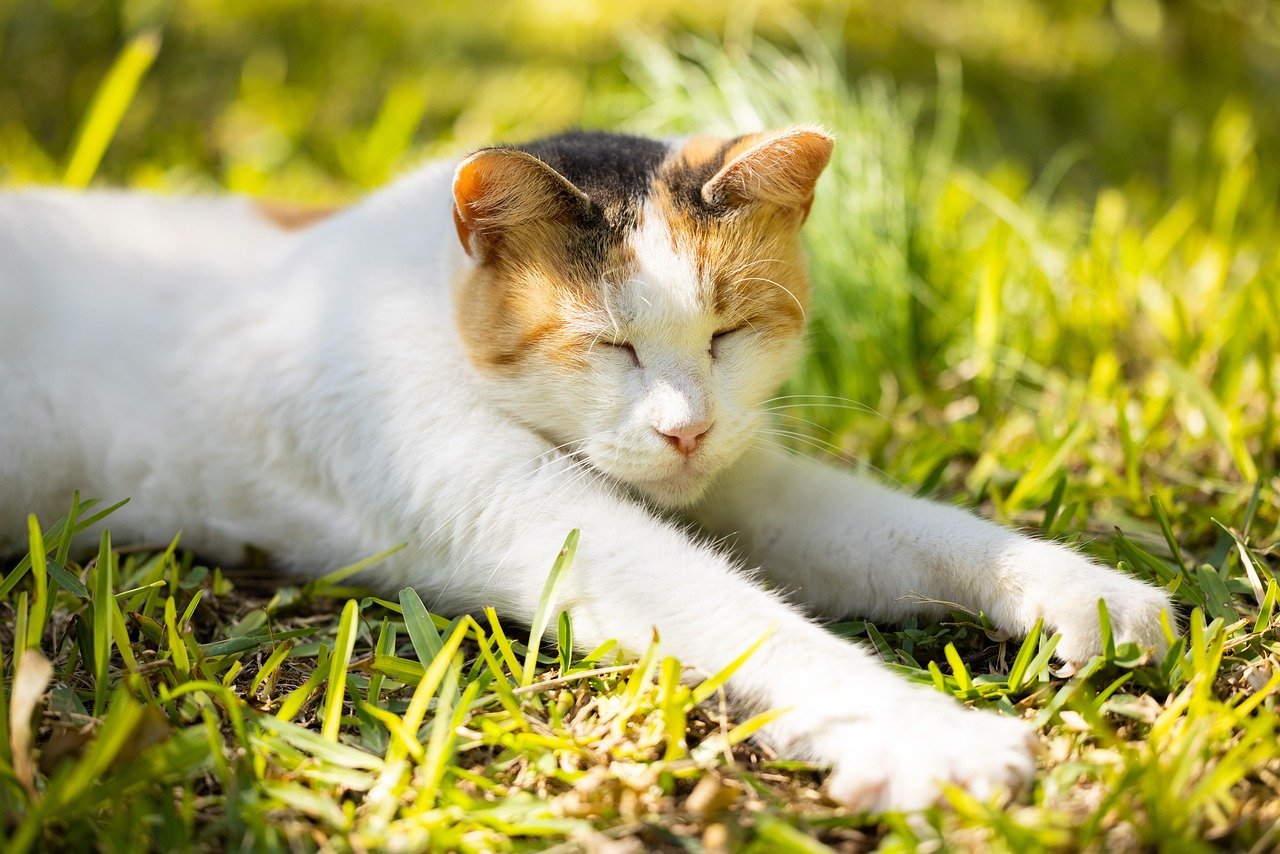Have you ever looked into the eyes of a cat who’s been forgotten, left to linger day after day without affection? There’s a deep sadness there—a longing for warmth, trust, and love. But here’s the heartwarming truth: even the most overlooked feline can blossom into a companion full of affection and joy with just a little time, patience, and understanding. If you want to turn a wary, neglected cat into your closest friend, you’re about to discover everything you need to know. Let’s explore the remarkable journey of building an emotional connection with a cat that’s been ignored.
Recognizing the Signs of Neglect

Neglected cats often display certain behaviors that reveal their past experiences. You might notice a withdrawn posture, excessive hiding, or even flinching when approached. Their fur may lack shine, and their eyes might seem dull or cautious. These cats may avoid eye contact and react defensively to sudden movements or noises. It’s crucial to remember that these signs aren’t a reflection of the cat’s true personality, but rather a response to being overlooked for too long. By understanding these signals, you can begin to empathize with their emotional state. This is the first step toward healing and forming a meaningful bond.
Creating a Safe and Inviting Environment

A cat that’s been ignored needs to feel safe before anything else. Start by setting up a quiet, cozy space just for them—perhaps a small room with a soft bed, some toys, and a litter box. Avoid loud noises and sudden changes in this area, as these can increase anxiety. You can use calming scents like lavender (in moderation) or even pheromone sprays to help reduce stress. Place hiding spots like cardboard boxes or covered beds so the cat has somewhere to retreat. Over time, a secure environment will give your cat the confidence to explore and connect. Think of this space as a sanctuary where healing can begin.
Giving the Cat Time to Adjust

Patience is your greatest ally when working with a cat who’s been neglected. Some cats may venture out after a few hours, while others might need days or even weeks. Avoid forcing interactions or picking up the cat before it’s ready. Instead, spend quiet time in the same room, allowing your presence to become familiar and comforting. Watch for small signs that the cat is becoming more comfortable—such as relaxed body language or tentative sniffing. Remember, every step forward, no matter how small, is a victory. Let the cat set the pace to build genuine trust.
Understanding Feline Body Language

Learning to “speak cat” is essential for building an emotional bond. Pay close attention to tail position, ear movement, and eye shape. A flicking tail or flattened ears often means the cat is anxious or overstimulated. Slow blinks and a relaxed posture indicate comfort and even affection. Avoid direct staring, as cats can interpret this as a threat. Try mirroring their slow blinks; this is a gentle way to communicate trust. By responding appropriately to your cat’s signals, you show respect for their feelings and boundaries. Emotional connection grows when communication is mutual and gentle.
Building Trust Through Routine

Cats thrive on predictability. Establish a daily routine for feeding, playtime, and quiet companionship. Serve meals at the same times each day, and keep cleaning and play sessions consistent. This routine reassures the cat that they can count on you, reducing anxiety and helping them feel more at home. Predictability helps a previously ignored cat overcome fears of abandonment or neglect. With each repeated act of kindness, your cat learns that you are reliable and safe. Over time, this trust becomes the foundation of a deep emotional connection.
Offering Gentle, Non-Threatening Interactions

Approach your cat slowly and quietly, always from the side rather than head-on. Extend an open hand and let the cat decide whether to come closer. If they back away, respect their choice and try again later. Use a soft voice and avoid making sudden movements. Gentle petting—if the cat allows—should focus on areas like the cheeks or chin, as many cats find these spots comforting. Avoid touching the belly or tail until your cat is completely comfortable with you. Each positive, stress-free interaction builds confidence and deepens your bond.
Using Food as a Tool for Bonding

Food is a powerful motivator for many cats. Offer tasty, healthy treats by hand to build positive associations with your presence. You can even use mealtimes as opportunities for gentle interaction, such as sitting nearby while your cat eats. Over time, your cat will begin to link you with feelings of safety and reward. Try introducing puzzle feeders or treat-dispensing toys to encourage play and engagement. Remember not to overwhelm the cat or force them to interact for food—patience will yield the best results. This simple act of sharing food can transform suspicion into trust.
Encouraging Play and Curiosity

Play is not just fun—it’s essential for emotional healing. Use interactive toys like feather wands or laser pointers to spark your cat’s interest. Start with slow, gentle movements to avoid startling them, gradually increasing the activity as they become more confident. Play sessions not only provide exercise but also offer a chance for shared joy and laughter. Toys that mimic prey, such as small mice or fluttering ribbons, stimulate natural hunting instincts. Allow your cat to “catch” the toy now and then for a sense of accomplishment. Through play, you create joyful memories that build your emotional connection.
Respecting Boundaries and Personal Space

Every cat has unique boundaries, especially those who have been ignored or mistreated. It’s vital to respect when your cat needs space, even if it feels like progress is slow. Never force affection or corner your cat—they need to know they can always retreat if overwhelmed. Watch for subtle cues like retreating, growling, or swishing tails, and respond by giving them distance. By honoring their limits, you show that your love is unconditional and pressure-free. This respect lays the groundwork for a lasting, trusting relationship.
Speaking Softly and Using Calming Sounds

Your voice can be a source of immense comfort to a neglected cat. Speak in gentle, soothing tones, and avoid loud or harsh words. You might even try reading or singing softly to your cat, allowing them to get used to your presence and voice. Cats are very sensitive to sound, and calm voices help to reduce anxiety. Some people find that playing soft classical music or ambient sounds can create a peaceful atmosphere. Over time, your cat will recognize your voice as a sign of safety and warmth. Each gentle word helps melt away the fear of being ignored.
Offering Positive Reinforcement for Bravery

Celebrate your cat’s small victories with gentle praise or treats. Did they come out from hiding? Approach you for a sniff? Each brave step deserves acknowledgment. Positive reinforcement encourages your cat to repeat these behaviors, gradually replacing fear with curiosity and confidence. Avoid punishment or scolding, which can set back progress and damage trust. Focus instead on rewarding the behaviors you want to see. Over time, your encouragement will help your cat feel safe enough to express their true personality. A little encouragement goes a very long way on the path to connection.
Introducing Touch at the Right Pace

Physical affection should always be on your cat’s terms, especially if they’ve been ignored or mistreated. Start with short, gentle touches in areas most cats enjoy, like the cheeks, head, or behind the ears. Watch closely for any signs of discomfort or withdrawal and stop immediately if your cat seems uneasy. If your cat allows, gradually increase the duration and areas of petting. Use touch as a way to communicate safety rather than dominance. When done respectfully, even brief touches can be incredibly reassuring. Touch, introduced gently, can become a cherished part of your bond.
Sharing Quiet Moments Together

Sometimes, the most powerful connections are built in silence. Spend time simply sitting near your cat, reading, or relaxing in the same room. Allow your cat to observe you without the pressure of interaction. These peaceful, shared moments help your cat learn that your presence is comforting, not threatening. Over time, your cat may come closer or even curl up beside you, signaling growing trust. Don’t underestimate the power of being together without expectation. Quiet companionship can heal old wounds and foster a sense of belonging.
Encouraging Exploration and Independence

Give your cat the freedom to explore their environment at their own pace. Open doors to new rooms gradually and let your cat investigate when they feel ready. Provide vertical spaces like shelves or cat trees for climbing, which can boost confidence. Hidden treats or toys can encourage curiosity and playful behavior. Always supervise new experiences to ensure your cat feels safe. Supporting independence shows your cat that you respect their need for control and autonomy. When a cat feels free to choose, trust and affection naturally follow.
Including Enrichment Activities

Mental stimulation is just as important as physical care. Offer a variety of toys, scratching posts, and puzzle feeders to keep your cat’s mind active. Rotate toys regularly to maintain interest and excitement. Window perches can provide hours of entertainment as your cat watches birds or other outdoor activity. Interactive play sessions help reduce boredom and foster positive associations with you. Enrichment activities also prevent destructive behaviors that can arise from frustration. A happy, stimulated cat is more open to building emotional connections.
Introducing Other Pets Carefully

If you have other pets, introduce them to your ignored cat slowly and thoughtfully. Start with scent swapping—let each animal smell the other’s bedding or toys before a face-to-face meeting. Use barriers like baby gates for initial visual introductions, allowing the cat to observe safely. Monitor their reactions closely and never rush the process. Positive experiences with other animals can help a neglected cat feel more secure and less isolated. Conversely, negative experiences can reinforce fear and mistrust. Thoughtful introductions foster a harmonious household and a more confident cat.
Observing Progress Without Pressure

Track your cat’s milestones, no matter how minor they may seem. Did they eat in your presence for the first time? Did they play with a toy or climb onto a new perch? Celebrate these achievements, but avoid pushing for faster progress. Each cat has their own timetable for healing and connection. Keeping a journal of positive changes can help you recognize growth and stay motivated. Progress is rarely linear, and setbacks are normal. With patience and compassion, you’ll see your bond grow stronger every day.
Encouraging Gentle Socialization

Once your cat is comfortable with you, slowly introduce them to other trusted people. Ask visitors to sit quietly and avoid reaching for the cat. Allow your cat to approach at their own pace, rewarding curiosity with treats or praise. Socialization should always be positive and stress-free. Over time, your cat may become more outgoing and confident around new faces. This gradual process helps ensure your cat never feels threatened or overwhelmed. Building positive social experiences lays the groundwork for a well-adjusted, happy feline.
Understanding and Accepting Setbacks

There will be days when your cat seems to regress—hiding more or becoming less social. This is completely normal for cats with a history of neglect. Stress, changes in routine, or even minor household disruptions can trigger setbacks. Respond with patience and understanding, offering extra comfort and security. Avoid expressing frustration or disappointment, as cats are highly sensitive to human emotions. Instead, focus on maintaining consistency and reassurance. Setbacks don’t erase progress—they’re simply part of the journey toward healing and deep connection.
Celebrating Individual Personality

Every cat has a unique personality, shaped by both genetics and life experiences. Your neglected cat might be naturally shy, playful, or affectionate in their own way. Embrace and celebrate these individual traits, rather than trying to mold your cat into a preconceived ideal. Some cats will become lap cats, while others may prefer to show love from a distance. By honoring your cat’s authentic self, you deepen the emotional connection and build mutual respect. The bond you create will be as unique as the cat themselves.
Creating Lasting Rituals of Love

Rituals—like nightly playtime, morning cuddles, or shared quiet moments—become powerful traditions that reinforce your bond. These repeated acts of love provide security and predictability, especially for a cat who’s been ignored. Over time, your cat will come to anticipate and cherish these special moments. Rituals also give you both something to look forward to each day, transforming ordinary routines into extraordinary expressions of affection. Through these lasting rituals, you and your cat forge a connection that endures beyond words or gestures.
What small step will you take today to win the heart of a cat who needs you most?
Hi, I’m Bola, a passionate writer and creative strategist with a knack for crafting compelling content that educates, inspires, and connects. Over the years, I’ve honed my skills across various writing fields, including content creation, copywriting, online course development, and video scriptwriting.
When I’m not at my desk, you’ll find me exploring new ideas, reading books, or brainstorming creative ways to solve challenges. I believe that words have the power to transform, and I’m here to help you leverage that power for success.
Thanks for stopping by, Keep coming to this website to checkout new articles form me. You’d always love it!






